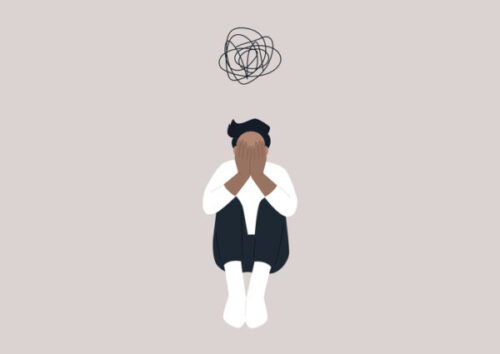Bullying: Understanding, Prevention, and Intervention
Bullying in schools is a pervasive issue that affects countless children worldwide, with detrimental effects on both victims and perpetrators. Addressing this complex problem requires understanding its dynamics, including the repetitive nature that perpetuates the cycle. Barbara Coloroso, in her seminal work “The Bully, the Bullied, and the Not-So-Innocent Bystander,” provides valuable insights into these dynamics, shedding light on how bullying manifests and suggesting strategies to break the cycle.
Coloroso emphasizes the repetitive nature of bullying, highlighting how victims are subjected to negative actions repeatedly over time. She argues that understanding bullying requires recognizing the roles of different individuals involved—the bully, the bullied, and the bystander. This framework offers a comprehensive view of the dynamics at play and underscores the importance of addressing each role to effectively combat bullying.
What is Bullying?
Bullying is not a singular act but rather a pattern of behavior that occurs over time. Ken Rigby’s study defines bullying as “repeated exposure to negative actions,” encompassing physical, verbal, and emotional abuse, as well as exclusion from social groups. This definition aligns with Dan Olweus’s assertion that bullying involves intentional harm or discomfort inflicted upon another individual.
Roles in the Bullying Cycle
Barbara Coloroso identifies three key roles within the bullying dynamic: the bully, the bullied, and the bystander. Understanding each role is crucial in comprehending the complexity of the cycle.
The Bully: This individual actively engages in aggressive behavior towards others, seeking to exert power and control. The bully may target those perceived as vulnerable or different from themselves. Rigby’s research highlights various forms of bullying, including verbal taunts, physical assaults, and online harassment.
The Bullied: Victims of bullying experience repeated mistreatment, which can lead to physical and psychological harm. Olweus emphasizes that bullying victims endure sustained negative actions, causing distress and isolation. Bullying can manifest in various forms, such as exclusion, verbal abuse, and cyberbullying, as indicated by Rigby’s findings.
The Bystander: Bystanders witness bullying incidents but do not actively intervene. Coloroso argues that bystanders play a crucial role in either perpetuating or preventing bullying. Passive bystanders inadvertently contribute to the cycle by failing to speak out against injustice. However, proactive bystanders have the power to disrupt the cycle by standing up for the victim and reporting incidents to authorities.
Breaking the Cycle
Addressing bullying requires a multifaceted approach that targets each stage of the cycle. Rigby’s study underscores the importance of both proactive and reactive strategies in combating bullying. Proactive measures, such as anti-bullying campaigns and fostering a positive school culture, aim to prevent incidents from occurring. Reactive strategies involve responding to bullying incidents promptly and implementing disciplinary actions when necessary.
However, schools often face challenges in effectively implementing these strategies. Rigby notes the need for comprehensive training in anti-bullying methods to enhance effectiveness. Moreover, Coloroso emphasizes the role of empathy and compassion in creating a supportive environment where bullying is not tolerated.
Conclusion
Bullying is a complex issue rooted in power dynamics and social interactions. By understanding the roles within the bullying cycle and implementing proactive measures, schools can work towards creating safer and more inclusive environments for all students. It is imperative that educators, parents, and students alike actively work together to break the cycle of bullying and foster empathy, respect, and kindness within school communities.
Author: Ania Harnden, BSocialWork, AMHSW, EMDR Therapist
If you or someone you know could benefit from therapeutic work focused on body image issues, I encourage you to refer them to a professional who can help them embrace the body they are living in. To book an appointment with Ania, select Online Booking or call Vision Psychology Brisbane on (07) 3088 5422.
References:
Rigby, K. (2016). Children and bullying: How parents and educators can reduce bullying at school.
Olweus, D. A. (1994). Bullying at School: Basic Facts and Effects of a School-Based Intervention Program. Journal of Child Psychology and Psychiatry.
Coloroso, B. (2008). The Bully, the Bullied, and the Not-So-Innocent Bystander.
